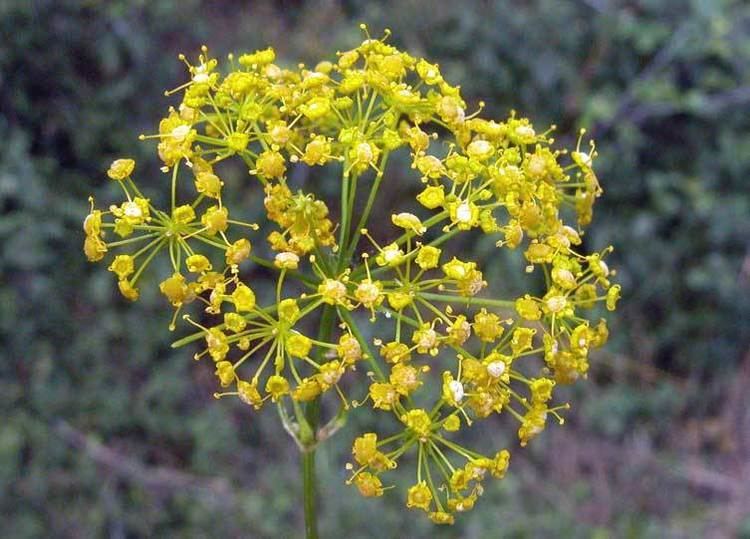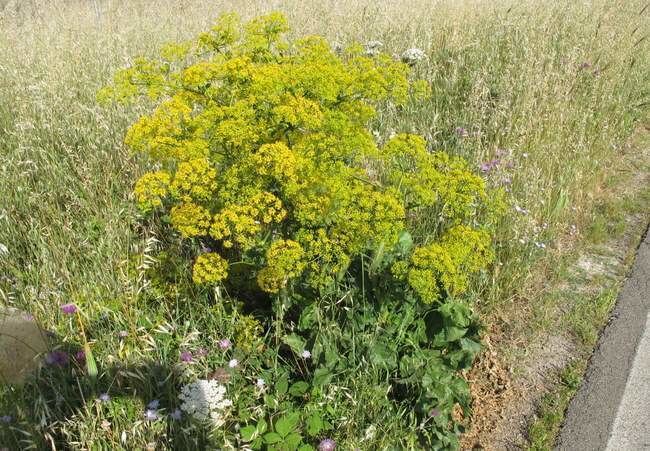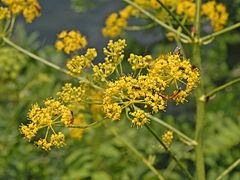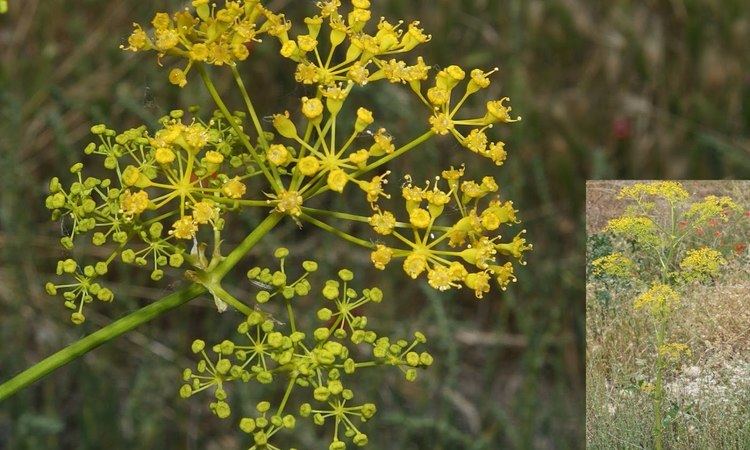Istv n berg opopanax
Opopanax, also known as opobalsam, refers to a number of gum resins (natural substances that are a mixture of water-soluble gums and alcohol-soluble resins) traditionally considered to have medicinal properties. Pliny (Historia Naturalis) and Dioscorides (De Materia Medica) described various kinds with uncertain identifications, which have been distinguished as:
Contents
- Istv n berg opopanax
- Vacuum filtration opopanax 50 tincture
- Etymology
- Perfumery opopanax
- Bdellium
- References


In recent times, the main source of commercial opopanax is from species of Commiphora, particularly C. erythraea and C. kataf. (Some sources suggest the entire production is from C. erythraea var. glabrescens, a tree growing in Somalia.) Myrrh is also obtained from Commiphora species.

Vacuum filtration opopanax 50 tincture
Etymology

The name opopanax derives from Anglo-Norman opopanac, from Latin opopanax, from Hellenistic Greek ὀποπάναξ, from Ancient Greek ὀπός "vegetable juice" + πάναξ "panacea" (all healing). Panacea (Gk. πανάκεια) denotes a kind of savory, named for Panakeia, a daughter of Aesculapius.
The OED gives opopanax as the principal spelling, but lists opoponax as a variant spelling recorded from the 19th century.
Perfumery opopanax
A resinoid is prepared from the resin by solvent extraction. Steam distillation of the resin gives the essential oil, which has a warm, sweet, balsamic odor. Opopanax oil and resinoid are used in perfumes with oriental characteristics. An IFRA recommendation exists.
African opopanax is the resin of Commiphora kataf (Forssk.) Engl.
Opopanax, a major export article from Somalia since ancient times, is also known as bisabol - bissa bol (Hindi) and as hebbakhade - habak hadi (Somali). "bissa bol" is scented myrrh, in contrast to "heera bol", bitter myrrh. However, the botanical origin of bisabol is Commiphora guidottii and not Commiphora erythraea, as generally has been presumed.
Bdellium
Opopanax is also known as "perfumed bdellium".
Bdellium is a semi-transparent resin extracted from Commiphora roxburgii and from Commiphora africana. Both resins were used as incense. They are referred to by Pliny (Historia Naturalis, 12:36) as Bactrian and Nubian bdellium. The bdellium referred to by Dioscorides as "the bdellium imported from Petra" (De Materia Medica, 1:80) is probably the resin of Hyphaene thebaica, a species of palm.
